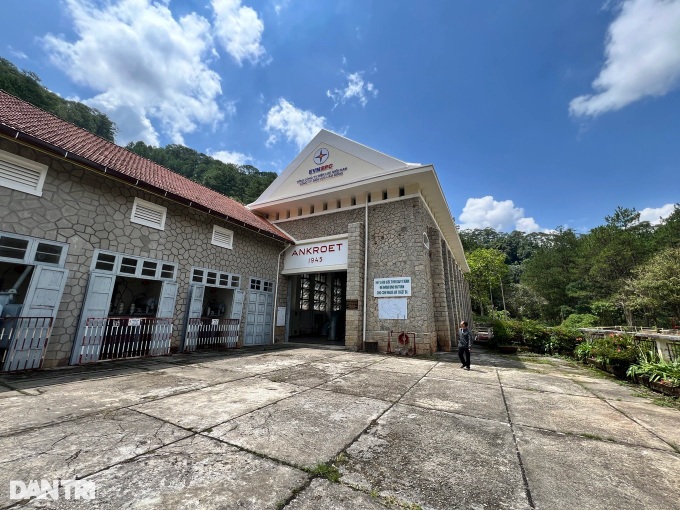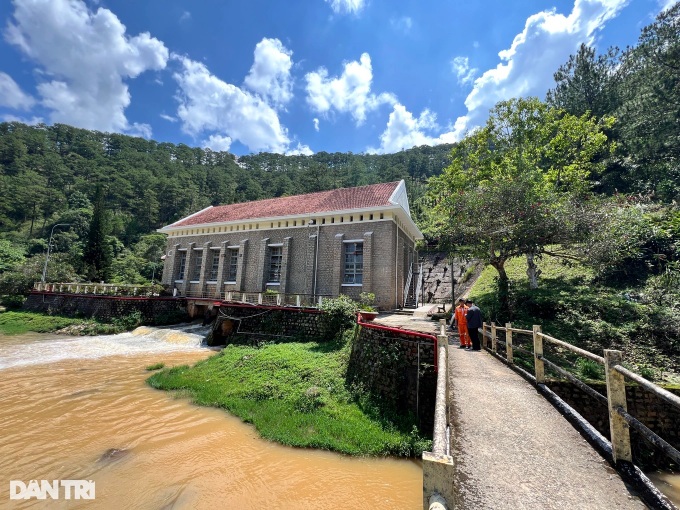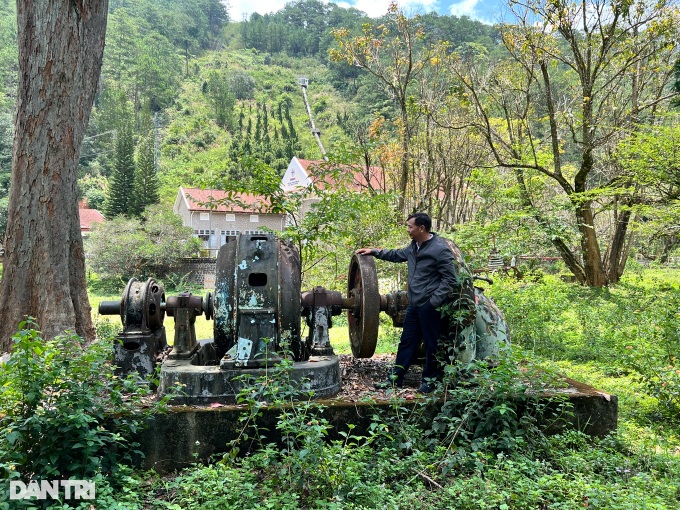
The Ankroet Hydropower Plant in Dalat City.
Officially commissioned in 1945, Ankroet continues to generate electricity for local residential and industrial use, marking its enduring legacy as Vietnam’s first hydroelectric facility.
During the colonial period, the French constructed numerous villas in Dalat along with railway lines, roads, and the Ankroet Hydropower Plant to support the development of their hill station.
Initially, Ankroet had a capacity of 600kW and was equipped with two turbines manufactured in the United States. Its reservoir was built at a high elevation, capable of holding approximately 1.3 million cubic metres of water. The plant’s spillway, built from stone blocks, measures 97 metres in length and 10 metres in height, serving as one of the structure’s iconic features.
In later years, the reservoir was upgraded to a capacity of 20 million cubic metres, and additional turbines were installed to meet the growing electricity demand.
According to Lam Dong Power Company, the original turbines were gradually replaced with modern equipment in 2004 after decades of service. The two original machines have since been preserved; one remains at the Ankroet plant site, and the other is on display at the Vietnam Electricity Group’s Traditional House in Hanoi.
In 2004, Ankroet was officially recognised by the Vietnam Records Centre as the country’s first hydroelectric power plant.

Dinh Viet Hoa, former head of the Ankroet plant’s workshop, said the facility’s output is modest, but its historical value is immense.
“With its unique architecture and historical significance, Ankroet has recently become a popular destination for both local and international tourists,” Hoa noted.
Nguyen Le Nam, a tourist from Ho Chi Minh City, said he first learned about Ankroet from media channels. When he arrived in Dalat, he rented a motorbike to visit the plant.

“Hidden among the pine trees, the plant stands out with its romantic red-tiled roof,” Nam said. “As I got closer, I was able to view the entire architectural structure and see the 80-year-old turbines displayed in the garden. For me, it was a fascinating experience.”
